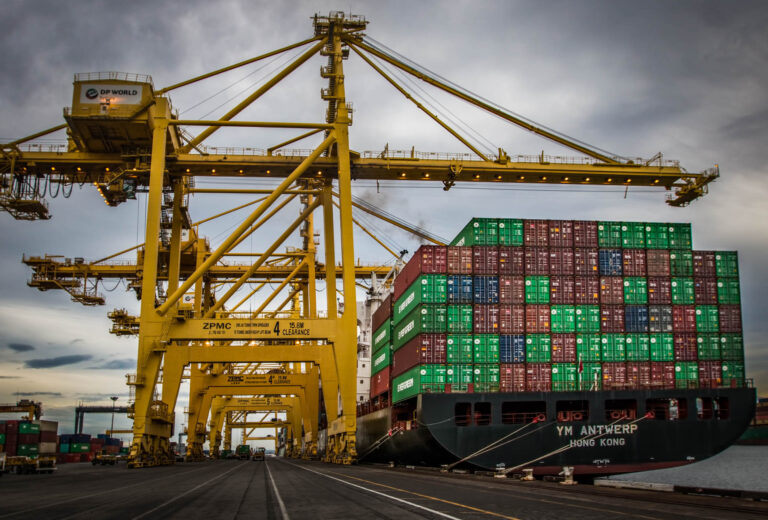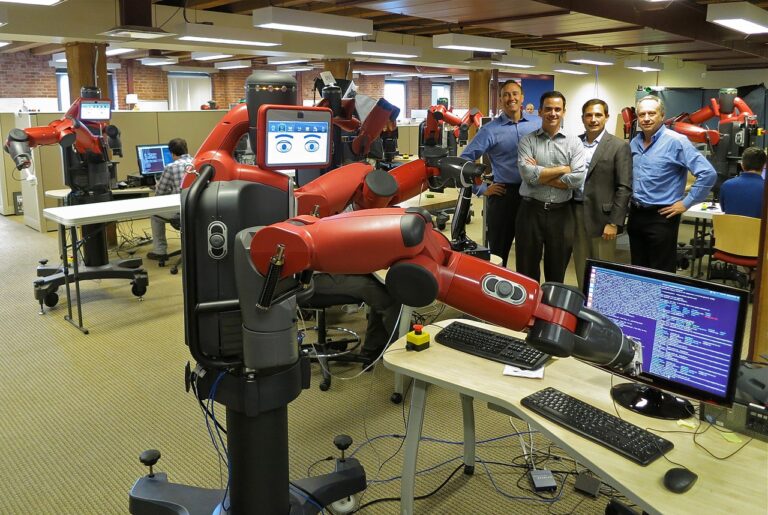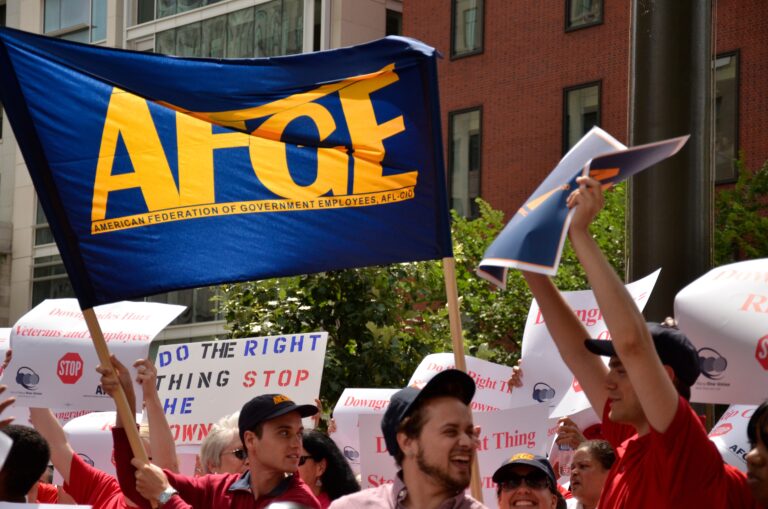Maxwell Ulin is a student at Harvard Law School.
The Department of Labor announced this morning that 2.9 million more Americans filed for unemployment in the past week, raising the nation’s record-shattering unemployment rate beyond 14.7%. Among the 36.5 million people now unemployed are some 600,000 clean energy workers, whose employment has been especially affected due to comparative economic fragility of many clean-energy start-ups and the physical, in-person nature of most energy infrastructure work. More broadly, layoffs have been especially concentrated in marginalized communities; while around 14.2% of white workers are now unemployed, around 14.5% of Asians, 16.7% of African Americans, and 18.9% of Latinos are out of a job. According to Federal Reserve Chairman Jerome Powell, around 40% of all households making less than $40,000 per year have had at least one family member lose a job since early March.
While the CARES Act’s Pandemic Unemployment Compensation (PUC) program has provided a crucial lifeline to many families through its $600 boost in weekly unemployment payments, millions have yet to gain access to the benefit. In particular, many gig workers—already in a legally questionable position as employees—have had a hard time accessing UI. Under the Pandemic Unemployment Assistance program (PUA) accessible to non-employee workers, benefits are calculated based on net, rather than gross, income. Additionally, any gig worker such as an Uber driver who works a part-time W-2 job is excluded from PUA and must seek benefits the PUC based on his or her W-2 job salary, even if that job constitutes just a small share of the workers’ annual income. Some states have taken action to address this problem; as Courtney reported last week, California filed suit this month against Uber and Lyft for failing to classify their workers as W-2 employees, while Washington and Illinois have accepted gig worker unemployment claims on a case-by-case basis.
Moreover, as states have begun reopening, federal officials have placed new pressures on local unemployment officials to limit UI eligibility. In a guidance memo issued Monday evening, Secretary of Labor Eugene Scalia “strongly encouraged” states to begin requesting information from employers on workers who refuse to turn to work in order to allow state and federal authorities to discontinue those workers’ unemployment eligibility. Ohio’s attempt to comply with the federal guidelines was frustrated this week, however, when an anonymous hacker targeted Ohio’s Department of Job and Family Services employer reporting page with junk data to effectively prevent the agency from processing employer claims for the foreseeable future.
For many who remain employed, the stress of work has been mounting. According to one study, daily work hours have increased for Americans by a full three hours, or roughly 40%, since the pandemic began, the largest such increase of any nation in the world. As employers push their labor force back to work, many employees worry about maintaining the health and safety protocols committed to early in the pandemic. Stress and risks for frontline essential workers are also mounting as they seek to manage reopening with an increasing number of customers, many of whom remain resistant to abiding by the health and safety measures stores have put in place. At the same time, Target, Starbucks, Kroger, and Ralphs, among several major companies, have announced their intentions to end hazard pay by the end of this month, even as health risks remain.
An unsurprising addition to this list is Amazon. After spending nearly $800 million in incentives to keep its employees at work, the company yesterday announced its plans to eliminate hazard pay by the end of the month, just as the it resumes one-day deliveries for non-essential goods. The decision was not for loss in revenue; Amazon stock has risen by nearly 24% between mid-January and the end of last month, while increased demand has spurred the company to hire another 175,000 employees. As OnLabor has reported, however, labor unrest and workplace safety concerns have prompted public scrutiny of company practices, including from politicians. This week, a group of 13 states led by Massachusetts Attorney General Maura Healy demanded information from Amazon and Whole Foods on the health and safety measures both companies have taken since the outbreak, along with estimates on the number of employee infections and deaths due to COVID19.
In Washington, Democrats moved yesterday to consider a new $3-trillion legislative package in response to the dual health and economic crisis brought on by the pandemic. Dubbed the “Heroes Act,” the bill would, among other things, extend the PUC program set to expire under CARES by the end of July and allocate around $200 billion in hazard pay for all essential workers. The package would also require that the Occupational Safety & Health Administration (OSHA) issue binding interim regulations for workplace health and safety during the pandemic within seven days of the bill’s passage, followed by permanent rules for infectious disease safety within the next 24 months. The measure also extends CARES Act protections for airline employees past the current September 30 expiration date, provides paid sick leave to TSA agents, and mandates that planes, trains, and local transit departments provide personal protective equipment (PPE) to workers.
At the other side of the nation’s capital, the Trump administration appears to have fewer workers rights protections in mind. Quite the opposite, in fact; on Wednesday, members of the Trump-appointed National Labor Relations Board (NLRB) ruled that union election judges will no longer seek to interprets ballots whose stray marks make voter intent unclear, but will instead render such ballots automatically void. Claiming that the new rule would enhance “predictability,” the NLRB announced that this would have retroactive effect, allowing employers—quite unpredictably, it would seem—to challenge previously successful organizing efforts. That same day, Trump officials sought to claim that the president enjoys absolute hiring and firing authority under the Appointments Clause over another labor body, the Federal Service Impasses Panel (FSIP), which resolves disputes between the government and its employees. The claim came in response to a suit filed by a group of union-affiliated administrative law judges (ALJs), who claim that Trump had deliberately stacked the FSIP with anti-labor members after firing all of the previous panel.
Trump’s rival for the White House this fall, meanwhile, seems to be taking a different approach. In an effort to bridge the divide between the left and centrist wings on the Democratic Party, presumptive Democratic presidential nominee Joe Biden and former rival Sen. Bernie Sanders announced a series of joint policy task forces Wednesday to develop a progressive policy agenda in the face the pandemic. Both men have appointed prominent labor leaders to the various task forces, including NEA President Lily Eskelsen Garcia, AFT President Randy Weingarten, SEIU President Mary Kay Henry, AFSCME President Lee Saunders, Flight Attendants President Sara Nelson.






Daily News & Commentary
Start your day with our roundup of the latest labor developments. See all
December 8
Private payrolls fall; NYC Council overrides mayoral veto on pay data; workers sue Starbucks.
December 7
Philadelphia transit workers indicate that a strike is imminent; a federal judge temporarily blocks State Department layoffs; and Virginia lawmakers consider legislation to repeal the state’s “right to work” law.
December 5
Netflix set to acquire Warner Bros., Gen Z men are the most pro-union generation in history, and lawmakers introduce the “No Robot Bosses Act.”
December 4
Unionized journalists win arbitration concerning AI, Starbucks challenges two NLRB rulings in the Fifth Circuit, and Philadelphia transit workers resume contract negotiations.
December 3
The Trump administration seeks to appeal a federal judge’s order that protects the CBAs of employees within the federal workforce; the U.S. Department of Labor launches an initiative to investigate violations of the H-1B visa program; and a union files a petition to form a bargaining unit for employees at the Met.
December 2
Fourth Circuit rejects broad reading of NLRA’s managerial exception; OPM cancels reduced tuition program for federal employees; Starbucks will pay $39 million for violating New York City’s Fair Workweek law; Mamdani and Sanders join striking baristas outside a Brooklyn Starbucks.